Matthewjopdyke - Matthew J. Opdyke

More Posts from Matthewjopdyke and Others











Ask Ethan: When Were Dark Matter And Dark Energy Created?
“Today [normal matter] is only 4.9% while Dark Matter and Dark Energy takes the rest. Where did they come from?”
The Universe, as we know it, got its start in earnest when the hot Big Bang began. Space was filled with all the particles and antiparticles of the Standard Model, up at tremendous energies, while the Universe then expanded, cooled, and gave rise to all we know. But when did dark matter and dark energy, which make up 95% of the Universe we know today, come into the picture? Was the Universe born with these components of energy? Or were they created at a later time? We have some inklings that dark matter was likely created in the extremely early stages, but may not have been present from the Universe’s birth. On the other hand, all theoretical signs point to dark energy always existing, but observationally, we have about 4 billion years where we cannot measure its presence at all.
Where do dark matter and dark energy come from? It’s a great cosmic mystery, but we do know something about it. Find out where we are today!
A Cosmic Legacy: From Earth to the Stars
“Our beautiful mother world ached for a reprieve from the injustices of many, courtesy of cultures and governance systems that forgot how to love, how to be kind, how to include others, and how to think beyond the scope of greed and power, but within the visions of shared joy and well-being.”
Yesha Alevtina delivers a speech to her audience, following Eliza's address to members of the Pathway organization, during the formation of a new worldwide political party founded on innovation and evolution in the interest of shared well-being. Eliza Williams and a host of friendly heroes go on to tackle some of the most significant dilemmas of the day to bring humanity out and into the stars. Eliza works to help humanity bear a legacy of kindness, of mind-to-mind communication, of love, and of healing instead of harming. If we are to overcome the great expansion and the death of all life, we must overcome the smaller challenges to progress and focus on even greater ones.
Buy this fantastic story and make this grand literary opus the favorite item in your library next to your reading corner, on your nightstand, or in your living room, as you settle in and read while the days go by. Enjoy the story of several heroes who do as much as they can to heal the Earth, provide healing to those suffering most, and help humanity get out and into the Cosmos!
LCCN: 2019911854 ISBN: 978-1-7333131-2-4 https://smile.amazon.com/dp/1733313125
A Cosmic Legacy: From Earth to the Stars #SpaceOpera #ScienceFiction #Fantasy #ACosmicLegacy #Author #SpaceExploration #Longevity #Biotech #Neurotech #Nanotech #Physics and more...

Celebration, "Further than Before: Pathway to the Stars, Part 1, is now available in Barnes and Noble! #furtherthanbefore #pathwaytothestars #politicalsciencefiction #beautyinevolution #strongfemalelead #strongmalerolemodel #neuroscience #physics #theoreticalphysics #biotechnology #nanotechnology #longevity #CRISPR #physiology https://www.instagram.com/p/BrKHKwSngsQ/?utm_source=ig_tumblr_share&igshid=19jjtphkx0liq
Excellent Time to Cozy Up to Preparation for a Grand Space Adventure!
Excellent Time to Cozy Up to Preparation for a Grand Space Adventure!

It takes a lot to travel beyond the limits of our Solar System. As such, the Christmas Edition of the two-novel literary masterpiece, with a side dish series going a little deeper in smaller portions of each major aspect of the two-novel series, Pathway to the Stars, despite being ridden with indie goofs, pauper challenges toward perfection, and ever-so-constantly updating text to improve the…
View On WordPress
The giveaway of Hardcover editions of A Cosmic Legacy: From Earth to the Stars is accessible via Amazon at this location:
This contest will go on through the 12th of October, 2019. Race to win, or simply buy it, and make this grand text the favorite item next to your reading corner, on your nightstand, or in your living room, as you settle and read while the days go by. Enjoy the story of several heroes who do as much as they can to heal the Earth, provide healing to those suffering most, and help humanity get out and into the Cosmos!
“Our beautiful mother world ached for a reprieve from the injustices of many, courtesy of cultures and governance systems that forgot how to love, how to be kind, how to include others, and how to think beyond the scope of greed and power, but within the visions of shared joy and well-being.” Yesha Alevtina delivers a speech to her audience in the Pathway organization as Eliza Williams, and a host of friendly heroes tackle some of the most significant dilemmas of the day to bring humanity out and into the stars. Eliza works to help humanity bear a legacy of kindness, of mind-to-mind communication, of love, and of healing instead of harming. If we are to overcome the great expansion and the death of all life, we must overcome the smaller challenges to progress and focus on even greater ones.
Library of Congress Control Number: 2019911854
ISBN: 978-1-7333131-2-4 (Available on Amazon). Also available on Barnes & Noble and other stores online. Conduct a keyword search for the author, Matthew J Opdyke.
Seeking a narrator for the audiobook via ACX. To audition to become a male or female narrator, email the author at info@author-mjo.com for specifics.
For information about all available publications, in each of their formats, visit the author's homepage:
https://www.mjopublications.com
#SpaceOpera #ScienceFiction #SciFi #Fantasy #Cerebral #Sophisticated #Books #eBooks #MatthewJOpdyke #mjopublications #physics #astronomy #biotech #neurotech #nanotech #longevity #spaceexploration #wellbeing #EarthFirst




Music by: Dreamstate Logic




The Transit Method of Detecting Extrasolar Planets
When a planet crosses in front of its star as viewed by an observer, the event is called a transit. Transits by terrestrial planets produce a small change in a star’s brightness of about 1/10,000 (100 parts per million, ppm), lasting for 2 to 16 hours. This change must be absolutely periodic if it is caused by a planet. In addition, all transits produced by the same planet must be of the same change in brightness and last the same amount of time, thus providing a highly repeatable signal and robust detection method.
Image credit: NASA | Source: NASA
Pretty nice representation of Earth on through to the observable universe

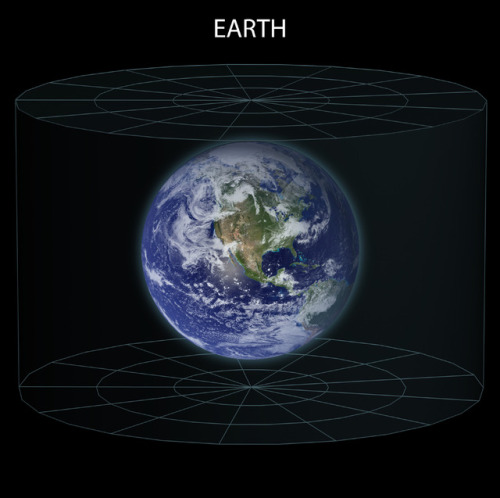
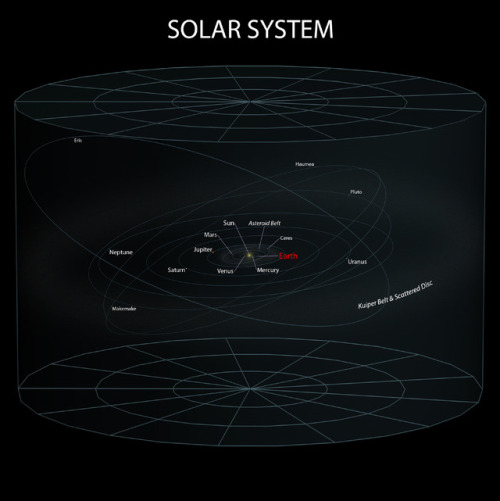
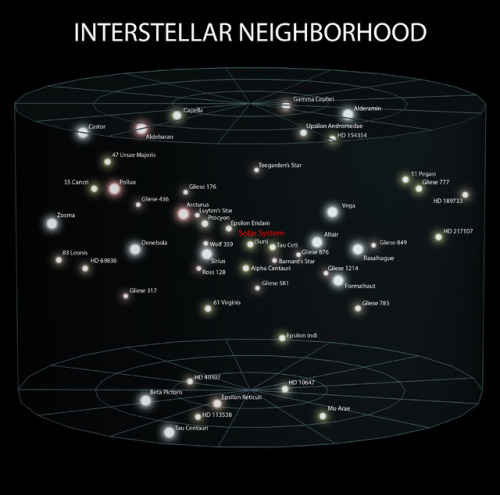
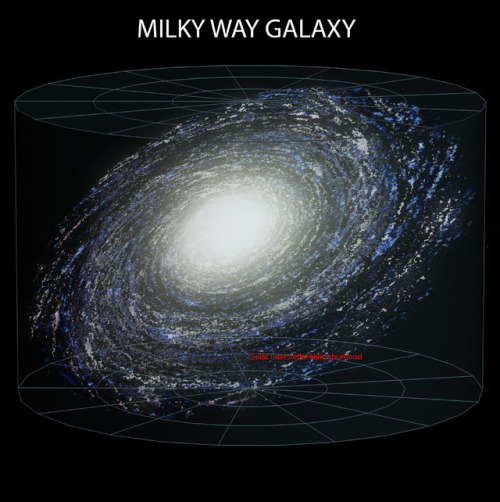
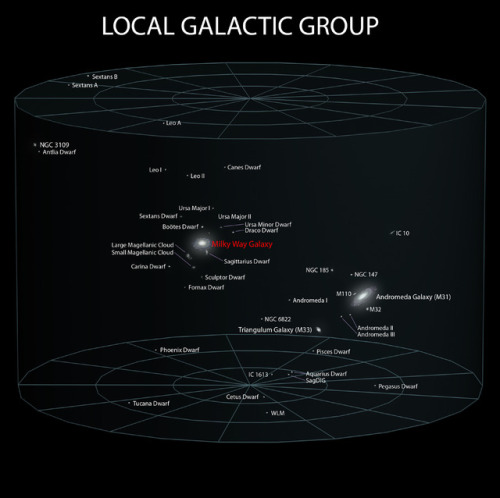
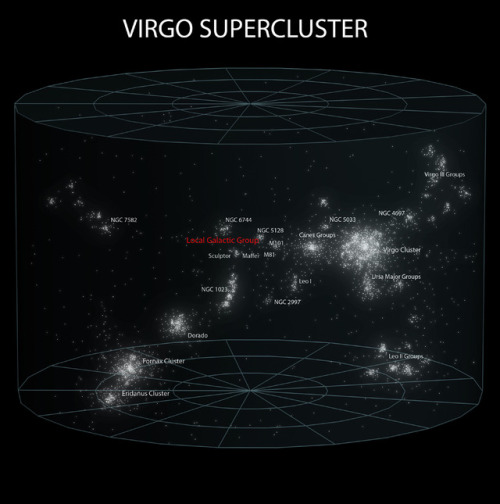
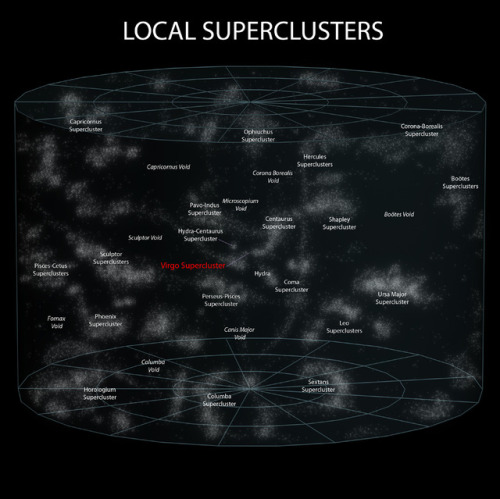
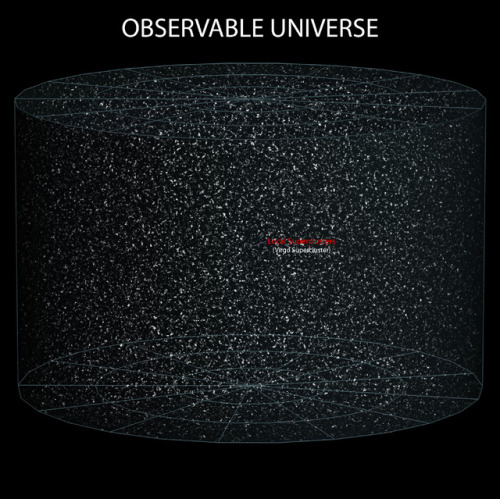
~ wikimedia commons



A new Chandra image shows the location of several elements produced by the explosion of a massive star.
Cassiopeia A is a well-known supernova remnant located about 11,000 light years from Earth.
Supernova remnants and the elements they produce are very hot — millions of degrees — and glow strongly in X-ray light.
Chandra’s sharp X-ray vision allows scientists to determine both the amount and location of these crucial elements objects like Cas A produce.
Where do most of the elements essential for life on Earth come from? The answer: inside the furnaces of stars and the explosions that mark the end of some stars’ lives.Astronomers have long studied exploded stars and their remains — known as “supernova remnants” — to better understand exactly how stars produce and then disseminate many of the elements observed on Earth, and in the cosmos at large.Due to its unique evolutionary status, Cassiopeia A (Cas A) is one of the most intensely studied of these supernova remnants. A new image from NASA’s Chandra X-ray Observatory shows the location of different elements in the remains of the explosion: silicon (red), sulfur (yellow), calcium (green) and iron (purple). Each of these elements produces X-rays within narrow energy ranges, allowing maps of their location to be created. The blast wave from the explosion is seen as the blue outer ring.
X-ray telescopes such as Chandra are important to study supernova remnants and the elements they produce because these events generate extremely high temperatures — millions of degrees — even thousands of years after the explosion. This means that many supernova remnants, including Cas A, glow most strongly at X-ray wavelengths that are undetectable with other types of telescopes.Chandra’s sharp X-ray vision allows astronomers to gather detailed information about the elements that objects like Cas A produce. For example, they are not only able to identify many of the elements that are present, but how much of each are being expelled into interstellar space.
Much more reading/info/video: http://chandra.harvard.edu/photo/2017/casa_life/
Interesting facts about stars
Stars are giant, luminous spheres of plasma. There are billions of them — including our own sun — in the Milky Way Galaxy. And there are billions of galaxies in the universe. So far, we have learned that hundreds also have planets orbiting them.
1. Stars are made of the same stuff

All stars begin from clouds of cold molecular hydrogen that gravitationally collapse. As they cloud collapses, it fragments into many pieces that will go on to form individual stars. The material collects into a ball that continues to collapse under its own gravity until it can ignite nuclear fusion at its core. This initial gas was formed during the Big Bang, and is always about 74% hydrogen and 25% helium. Over time, stars convert some of their hydrogen into helium. That’s why our Sun’s ratio is more like 70% hydrogen and 29% helium. But all stars start out with ¾ hydrogen and ¼ helium, with other trace elements.
2. Most stars are red dwarfs

If you could collect all the stars together and put them in piles, the biggest pile, by far, would be the red dwarfs. These are stars with less than 50% the mass of the Sun. Red dwarfs can even be as small as 7.5% the mass of the Sun. Below that point, the star doesn’t have the gravitational pressure to raise the temperature inside its core to begin nuclear fusion. Those are called brown dwarfs, or failed stars. Red dwarfs burn with less than 1/10,000th the energy of the Sun, and can sip away at their fuel for 10 trillion years before running out of hydrogen.
3. Mass = temperature = color

The color of stars can range from red to white to blue. Red is the coolest color; that’s a star with less than 3,500 Kelvin. Stars like our Sun are yellowish white and average around 6,000 Kelvin. The hottest stars are blue, which corresponds to surface temperatures above 12,000 Kelvin. So the temperature and color of a star are connected. Mass defines the temperature of a star. The more mass you have, the larger the star’s core is going to be, and the more nuclear fusion can be done at its core. This means that more energy reaches the surface of the star and increases its temperature. There’s a tricky exception to this: red giants. A typical red giant star can have the mass of our Sun, and would have been a white star all of its life. But as it nears the end of its life it increases in luminosity by a factor of 1000, and so it seems abnormally bright. But a blue giant star is just big, massive and hot.
4. Most stars come in multiples

It might look like all the stars are out there, all by themselves, but many come in pairs. These are binary stars, where two stars orbit a common center of gravity. And there are other systems out there with 3, 4 and even more stars. Just think of the beautiful sunrises you’d experience waking up on a world with 4 stars around it.
5. The biggest stars would engulf Saturn

Speaking of red giants, or in this case, red supergiants, there are some monster stars out there that really make our Sun look small. A familiar red supergiant is the star Betelgeuse in the constellation Orion. It has about 20 times the mass of the Sun, but it’s 1,000 times larger. But that’s nothing. The largest known star is the monster UY Scuti. It is a current and leading candidate for being the largest known star by radius and is also one of the most luminous of its kind. It has an estimated radius of 1,708 solar radii (1.188×109 kilometres; 7.94 astronomical units); thus a volume nearly 5 billion times that of the Sun.
6. There are many, many stars

Quick, how many stars are there in the Milky Way. You might be surprised to know that there are 200-400 billion stars in our galaxy. Each one is a separate island in space, perhaps with planets, and some may even have life.
7. The Sun is the closest star

Okay, this one you should know, but it’s pretty amazing to think that our own Sun, located a mere 150 million km away is average example of all the stars in the Universe. Our own Sun is classified as a G2 yellow dwarf star in the main sequence phase of its life. The Sun has been happily converting hydrogen into helium at its core for 4.5 billion years, and will likely continue doing so for another 7+ billion years. When the Sun runs out of fuel, it will become a red giant, bloating up many times its current size. As it expands, the Sun will consume Mercury, Venus and probably even Earth.
8. The biggest stars die early

Small stars like red dwarfs can live for trillions of years. But hypergiant stars, die early, because they burn their fuel quickly and become supernovae. On average, they live only a few tens of millions of years or less.
9. Failed stars

Brown dwarfs are substellar objects that occupy the mass range between the heaviest gas giant planets and the lightest stars, of approximately 13 to 75–80 Jupiter masses (MJ). Below this range are the sub-brown dwarfs, and above it are the lightest red dwarfs (M9 V). Unlike the stars in the main-sequence, brown dwarfs are not massive enough to sustain nuclear fusion of ordinary hydrogen (1H) to helium in their cores.
10. Sirius: The Brightest Star in the Night Sky

Sirius is a star system and the brightest star in the Earth’s night sky. With a visual apparent magnitude of −1.46, it is almost twice as bright as Canopus, the next brightest star. The system has the Bayer designation Alpha Canis Majoris (α CMa). What the naked eye perceives as a single star is a binary star system, consisting of a white main-sequence star of spectral type A0 or A1, termed Sirius A, and a faint white dwarf companion of spectral type DA2, called Sirius B.
To know more click the links: white dwarf, supernova, +stars, pulsars
sources: wikipedia and universetoday.com
image credits: NASA/JPL, Morgan Keenan, ESO, Philip Park / CC BY-SA 3.0
